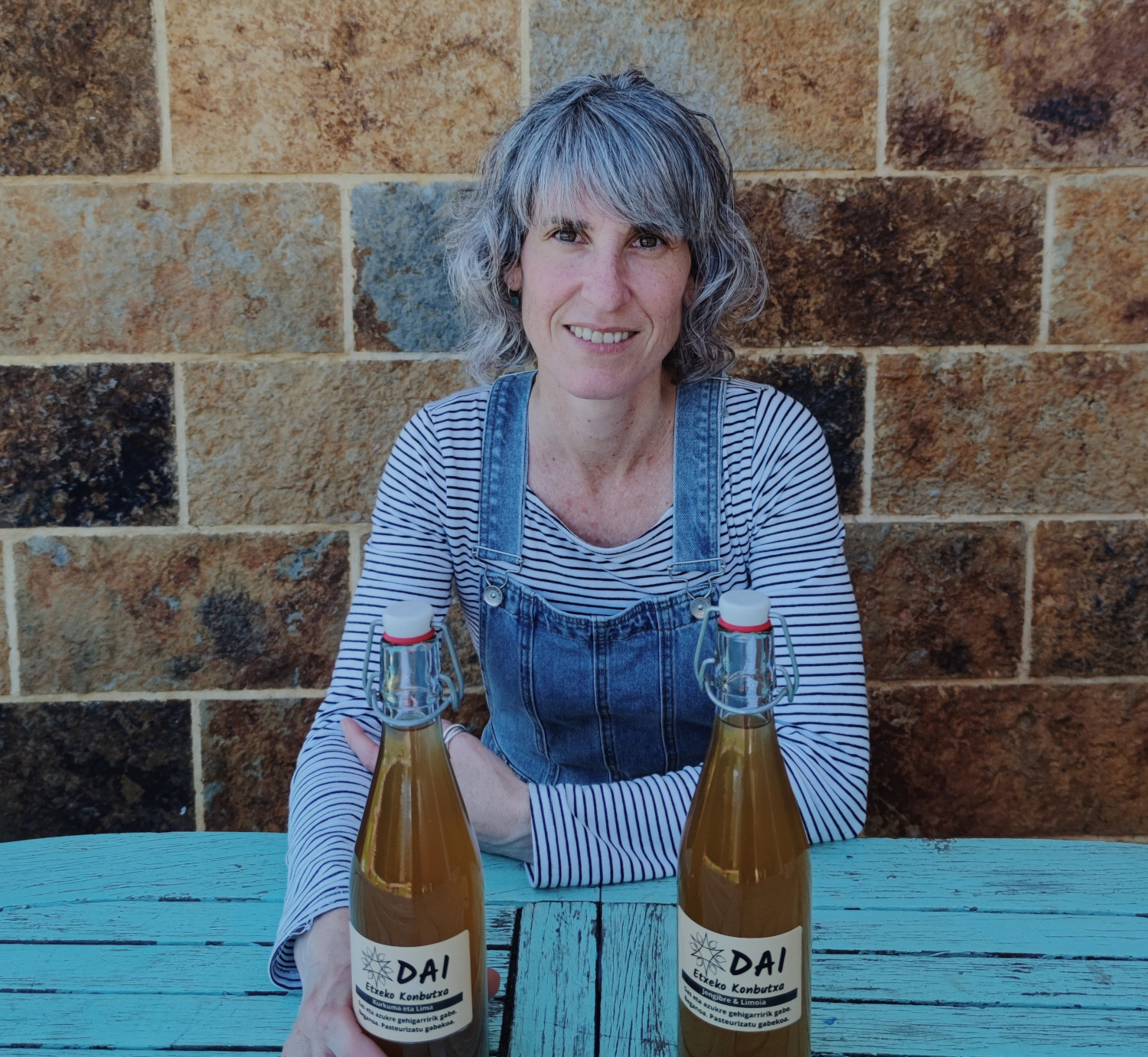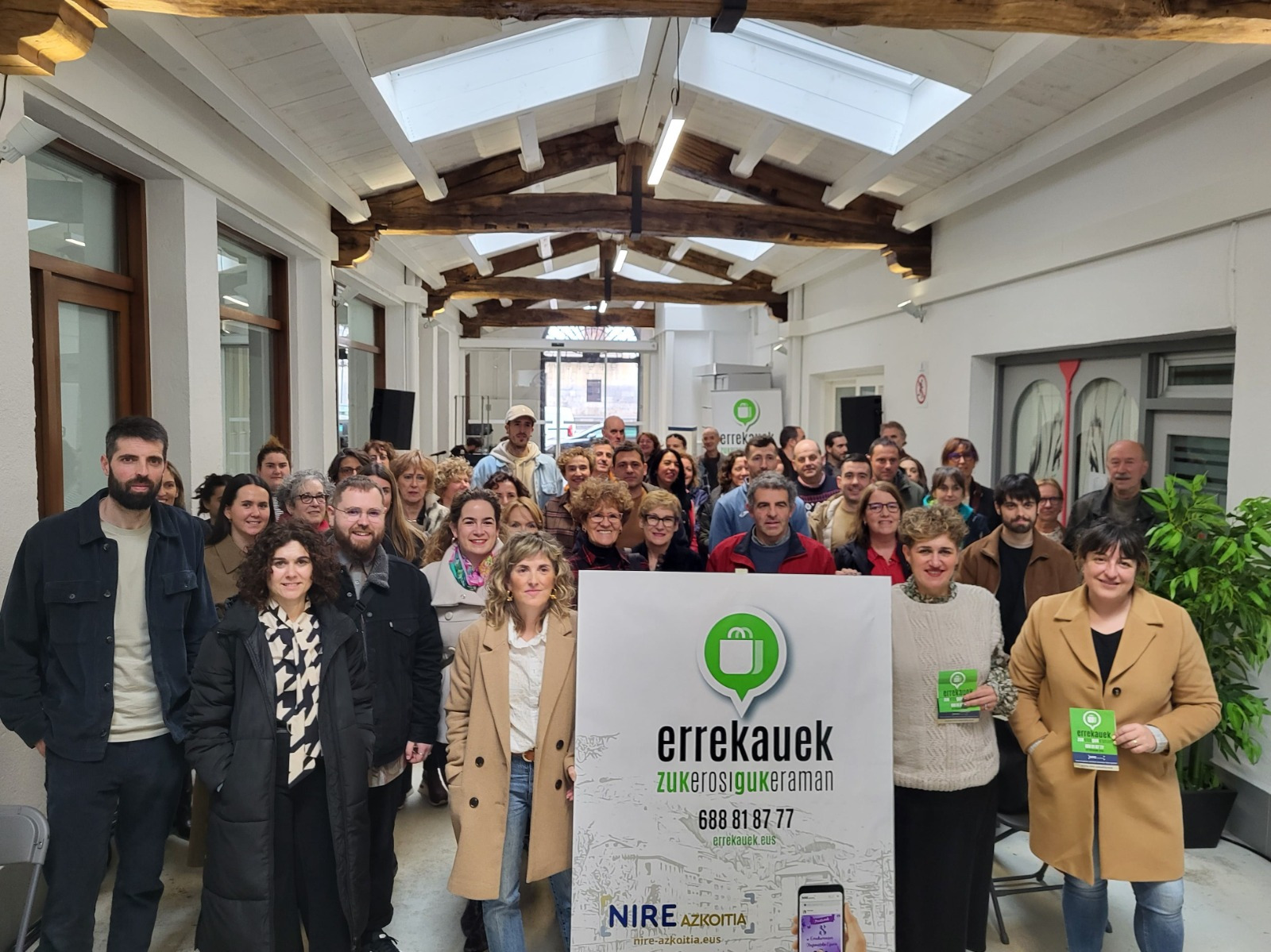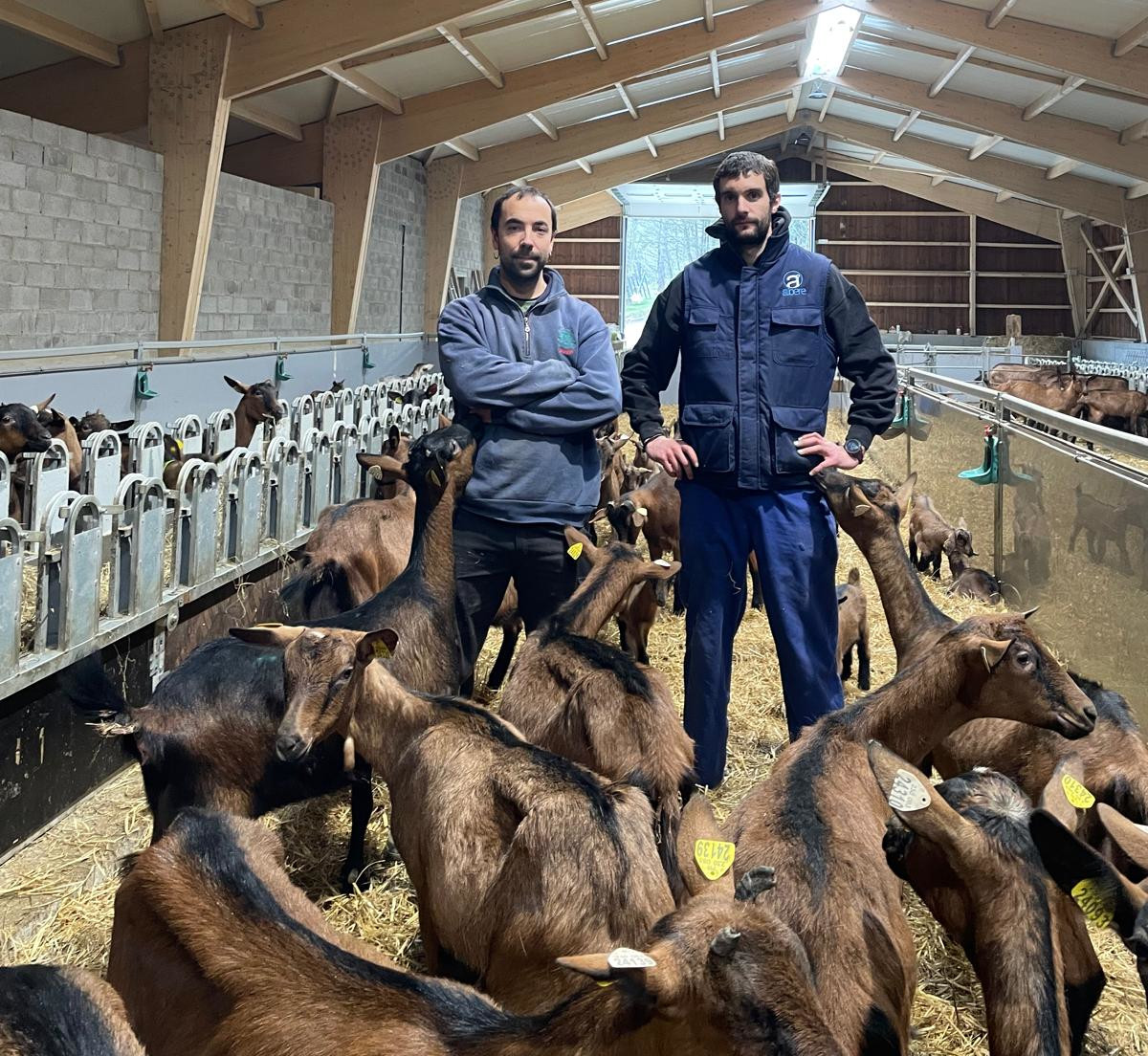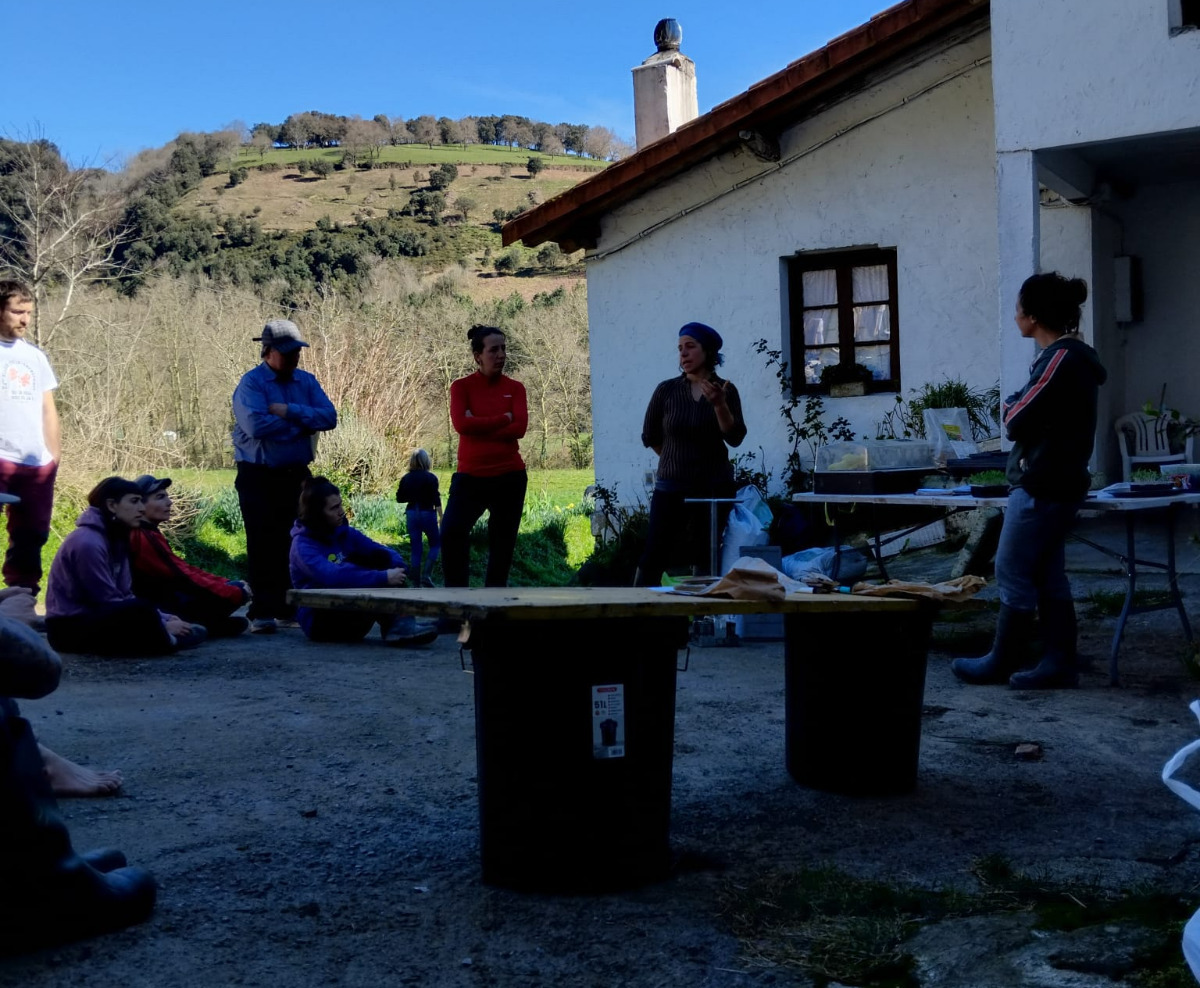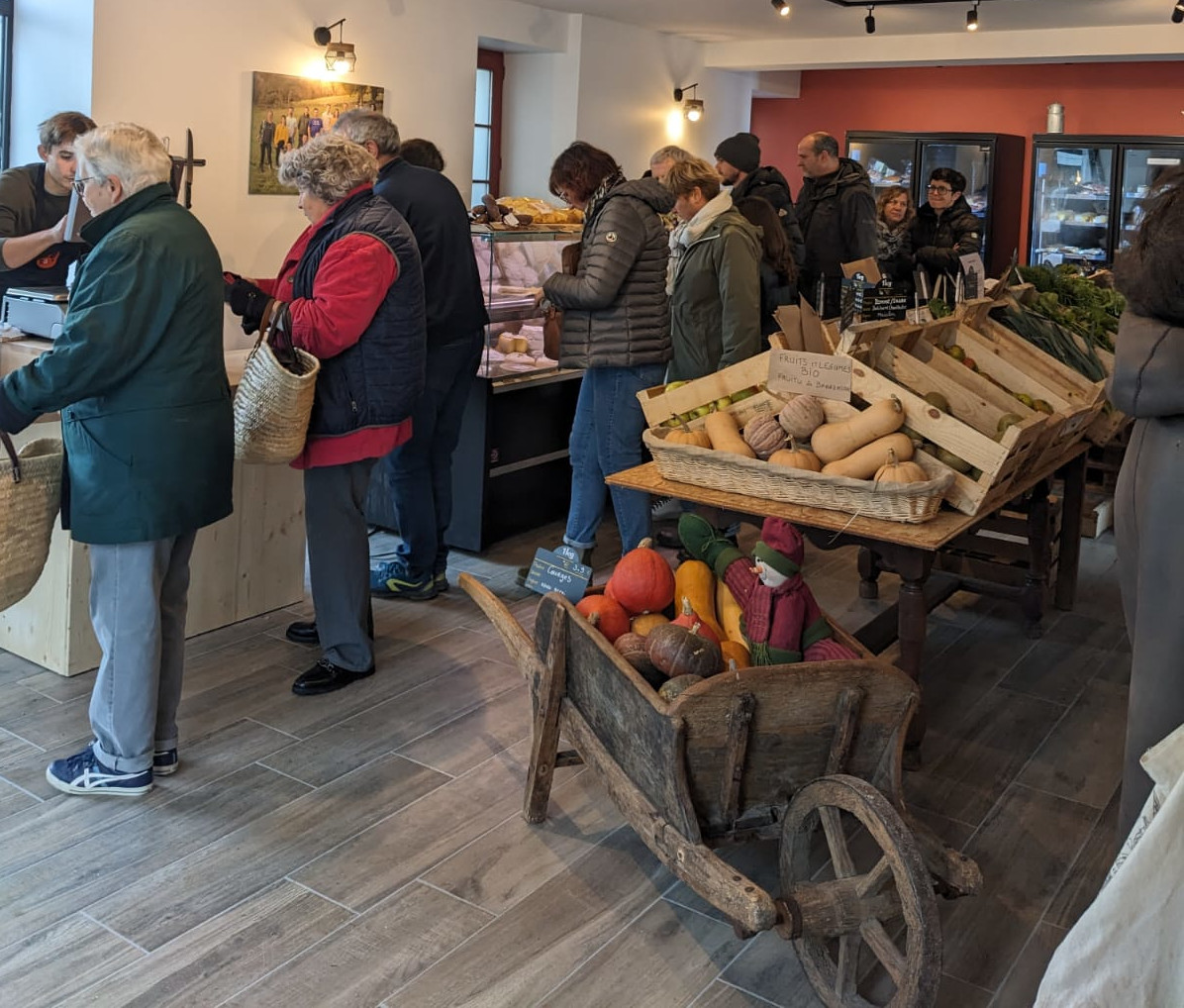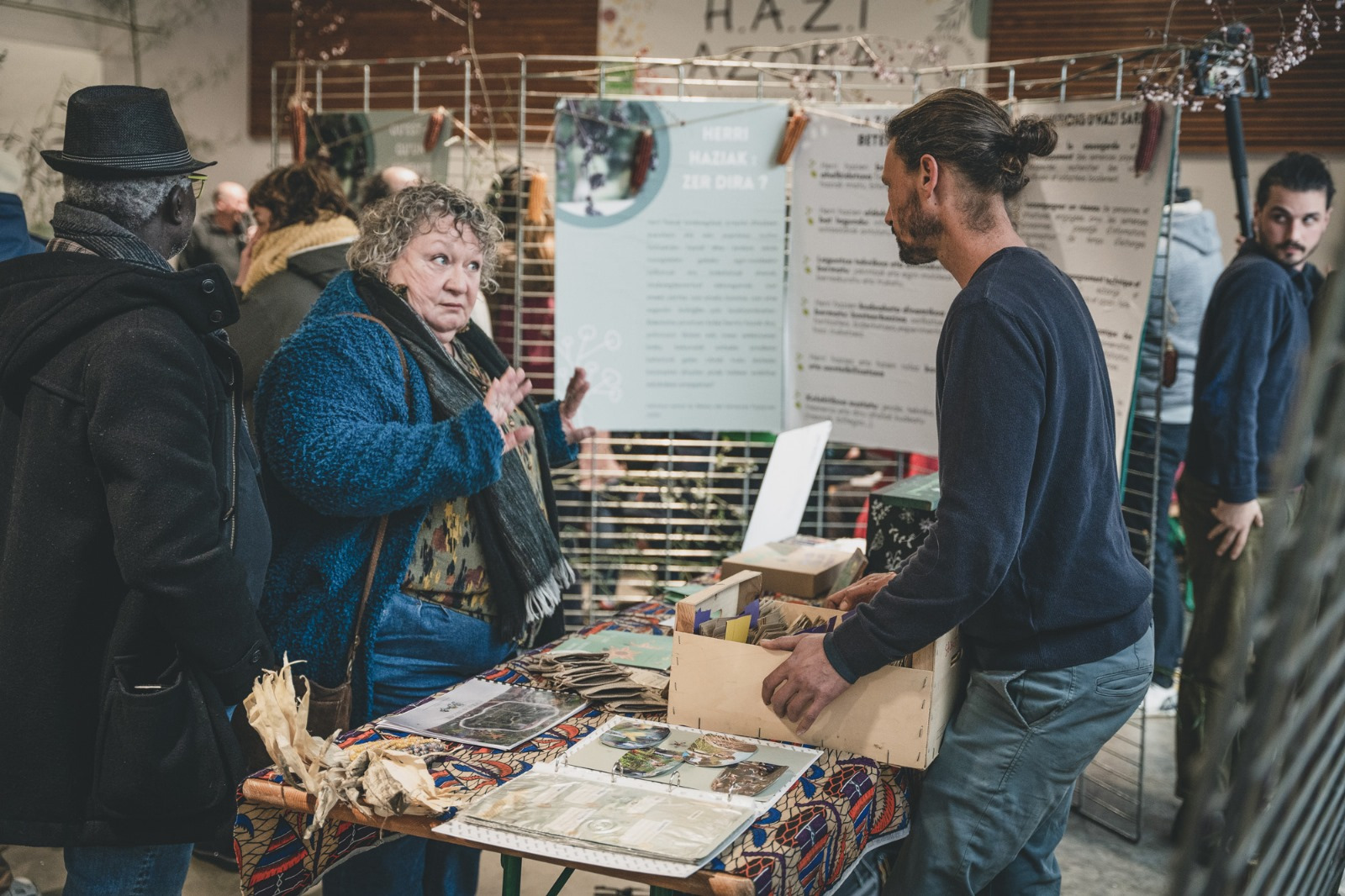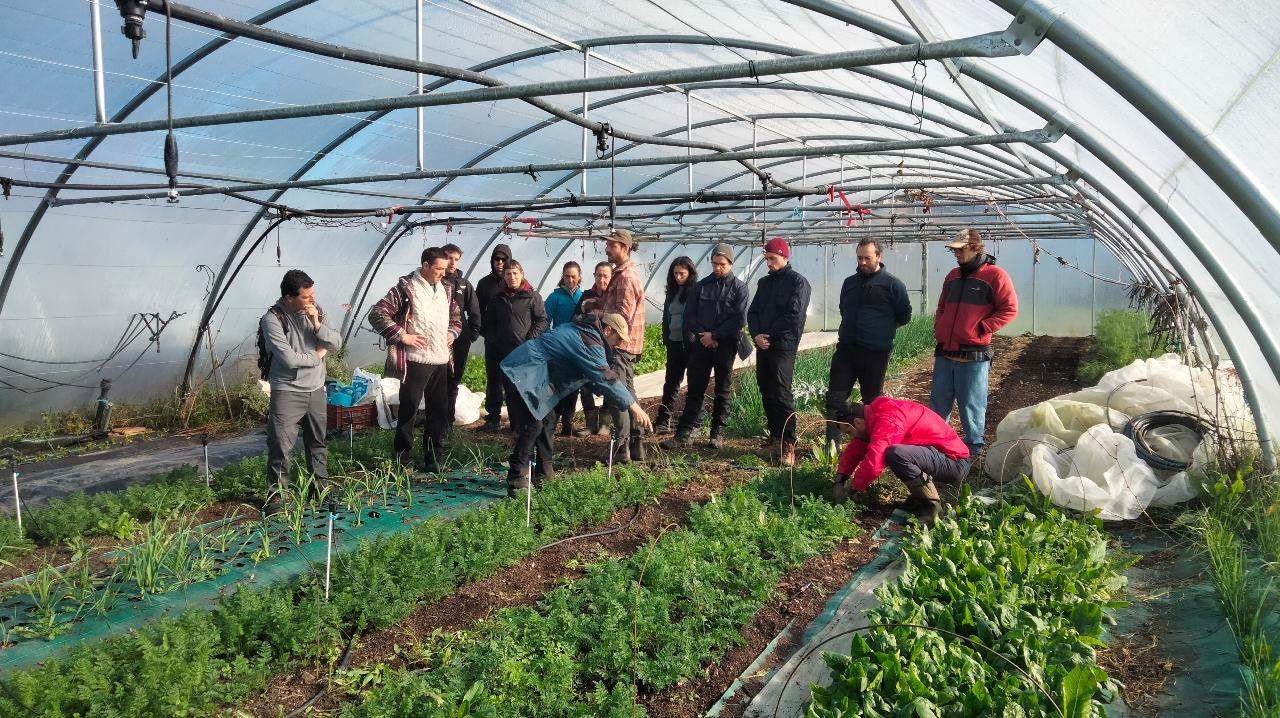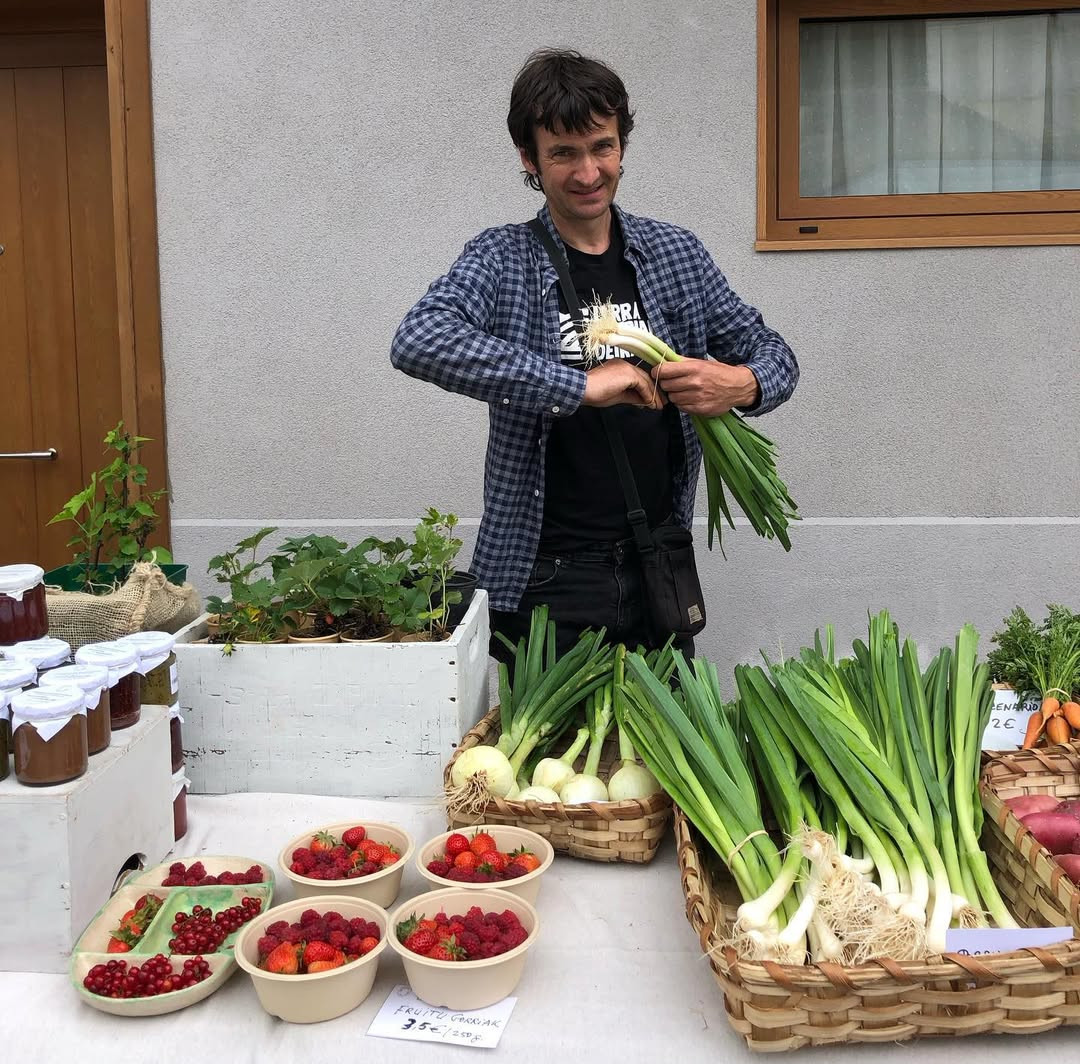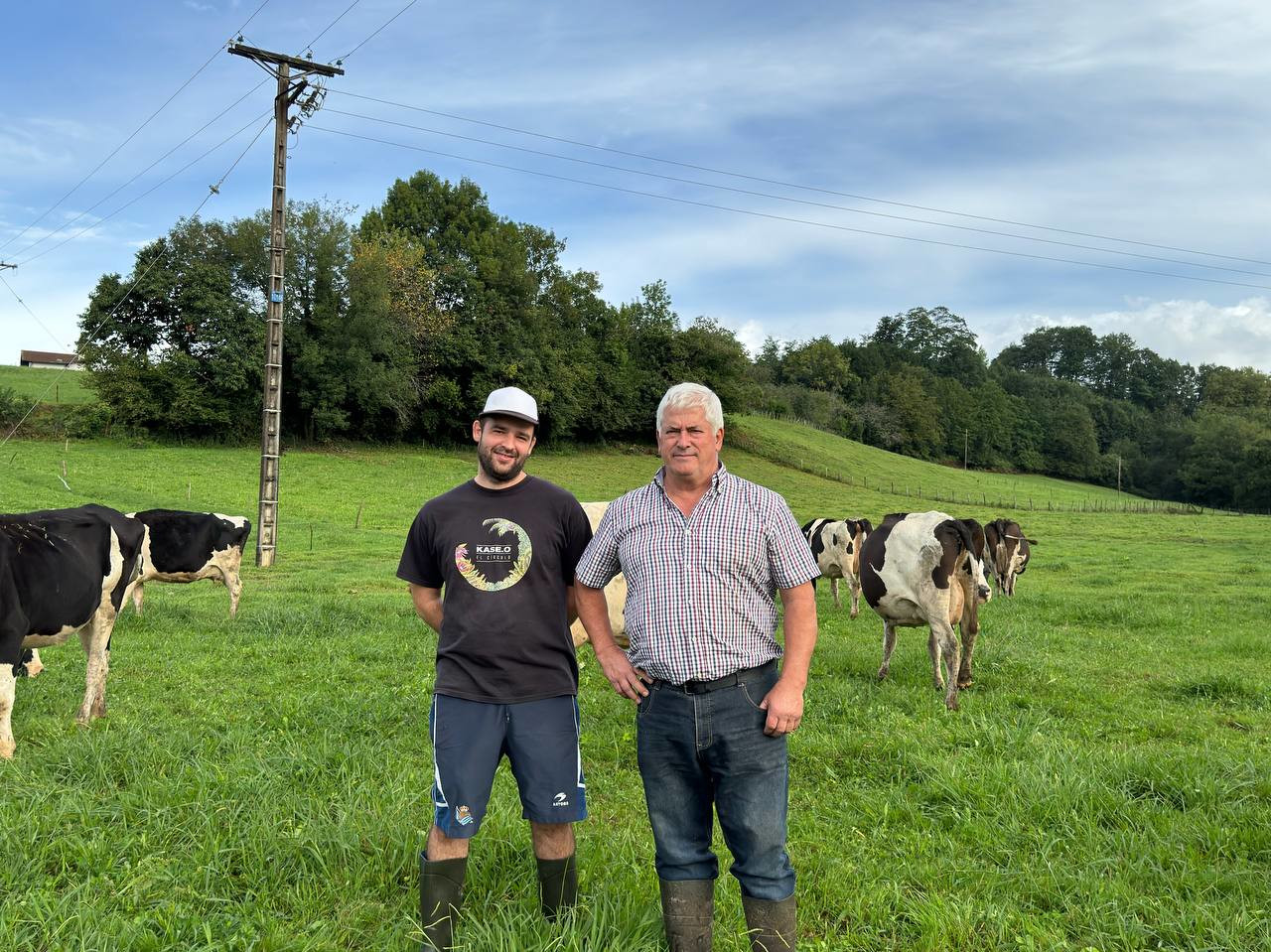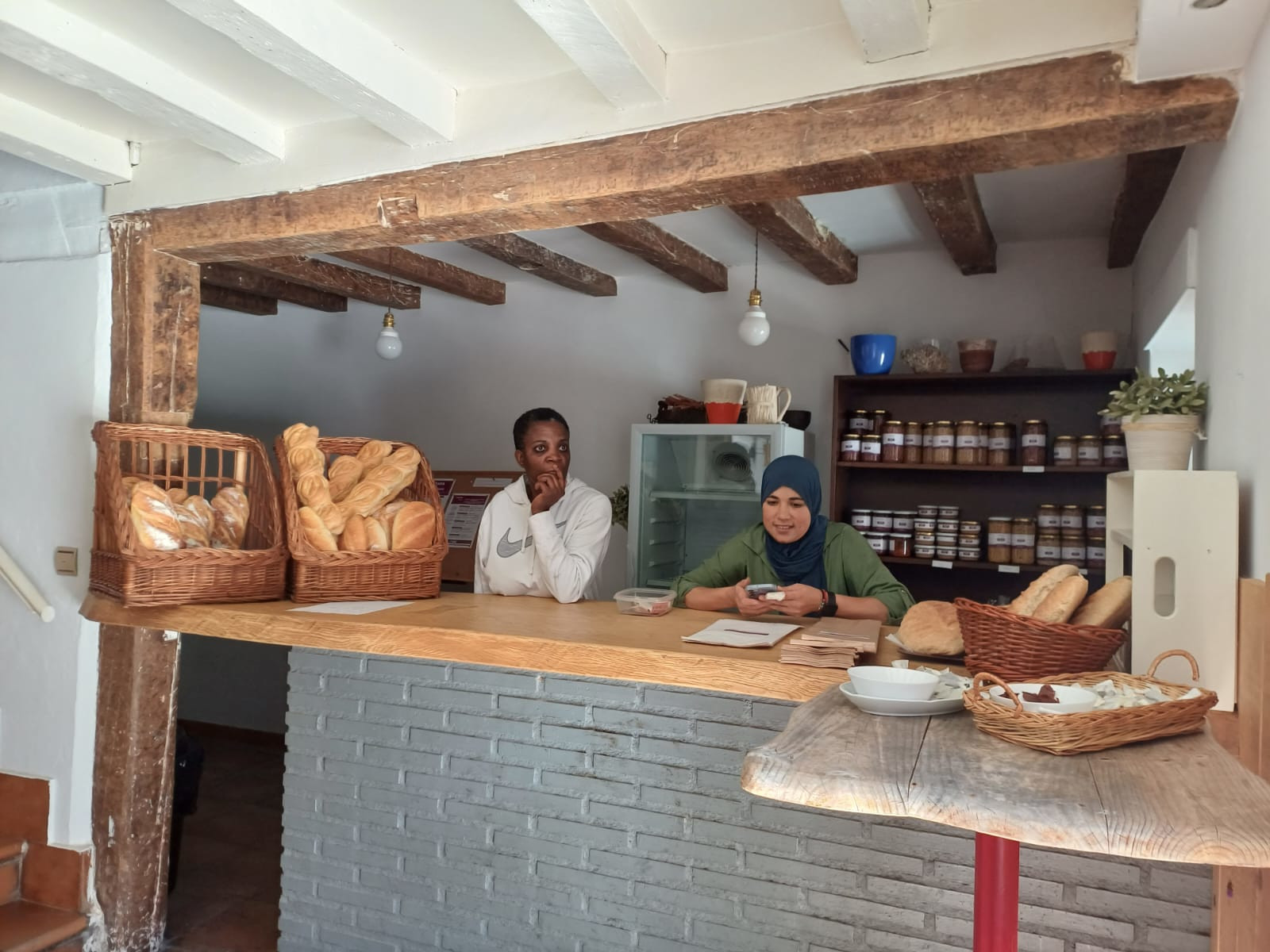Agroecological projects that can be developed on a small plot and without huge investments
- The Basaldea de Vitoria-Gasteiz is located in the Exclusive Regenerative Agriculture Project in the Abetxu neighborhood, which is driven by Jaime García, Joseba Vigalondo and Javier Chaves. “In the primary sector, our goal is to promote new additions to the agroecological model, but especially among people who have no origin in the rural world and want to start from scratch,” says Garcia.
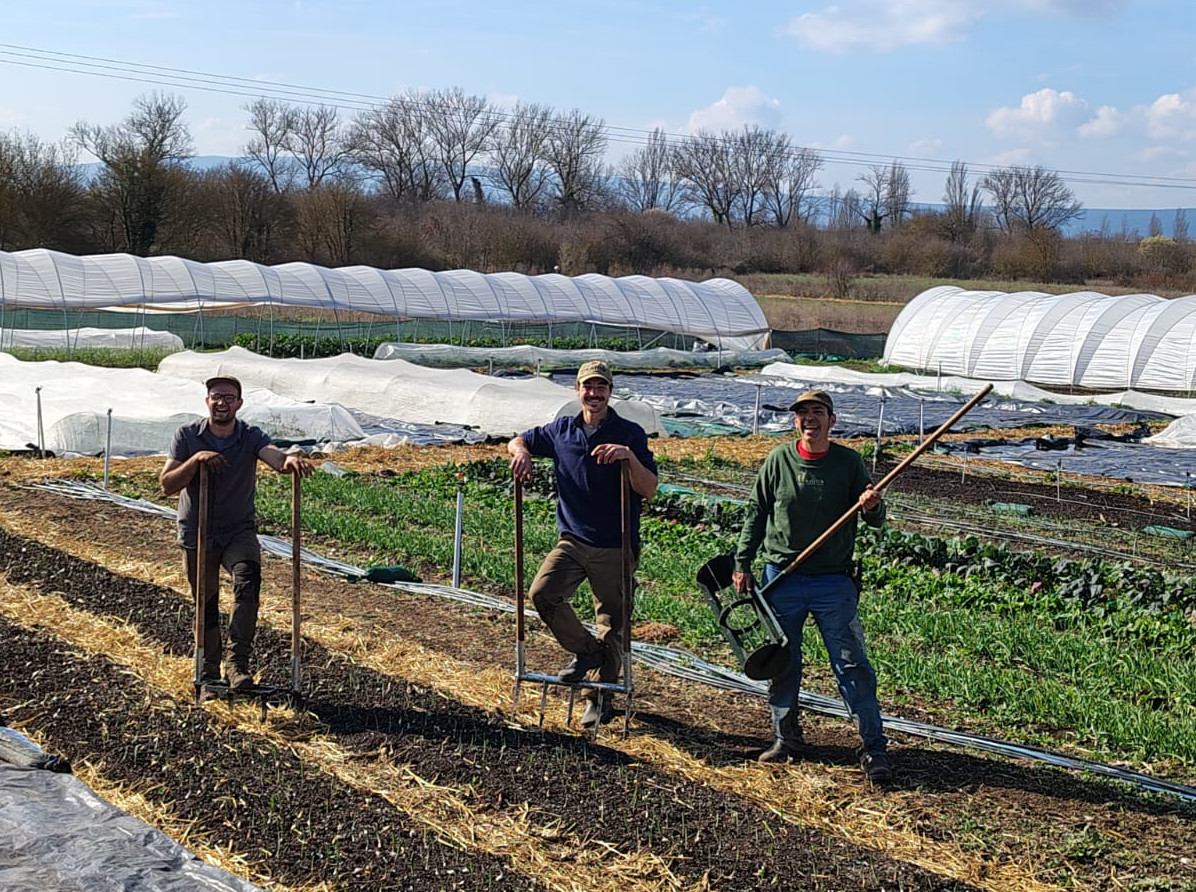
In Solo, they want to show that there is the possibility of starting a project on a small plot, without much investment and working in working groups, and that regenerative agriculture is the perfect formula for this. With what they produce on land that does not reach half a hectare, they feed more than 200 houses in Vitoria-Gasteiz. “The question of scale is relative, management and management are often the most important,” he says.
The biointensive model
Within regenerative agriculture, the Arabs are operating in a biointensive model. “It is an agroecology model that seeks to intensify life on earth, which is carried out with the aim of improving the performance of a small space,” he explains. The addition of organic matter and the densification of crops are fundamental in this model. “The spaces between plants are usually much smaller and more crops pass through each place. An average of 3.5 crops per square meter per year, in our case,” he adds.
In Soilik they do not use tractors or rotavators and have a relatively low degree of machining. “We have 155 benches with a width of 80 centimeters in the plot, we have all the tools standardized for that width, so when we are working in a bench we do not act on the next one,” they say. The plot is small but very diversified, with a total of 155 varieties made last year. “We use a program to manage and plan all this diversification, otherwise it would be impossible,” says Garcia. They plan the whole year and calculate how much they will have to grow, what the schedule of work will be for each week...
Training, consulting and manufacturing of tools
The three members of the project do not have formal studies related to agriculture, but have studied during their stays in various regenerative agriculture projects: “We’ve drank a lot from Canada, Sweden and other places with limited periods for agriculture, where they squeeze a lot of juice out of the entire greenhouse surface.” He cites Richard Perkins, Jean-Martin Fortier and Eliot Coleman as references.
Although the main economic activity of the project is the production of vegetables, it is not the only one; they also carry out training, consultancy and the manufacture of tools. “We have set up an explanatory space in collaboration with the City Council to offer trainings and visits to the public, agricultural schools and otherwise,” he says. “In short, in Soilik we wanted to develop this space that would have helped us a few years ago to give other people the opportunity,” he concludes.
Duela lau urte abiatu zuten Azpeitian Enkarguk proiektua, Udalaren, Urkome Landa Garapen Elkartearen eta Azpeitiako eta Gipuzkoako merkatari txikien elkarteen artean. “Orain proiektua bigarren fasera eraman dugu, eta Azkoitian sortu dugu antzeko egitasmoa, bere izenarekin:... [+]
Donostiako Amara auzoko Izko ileapaindegi ekologikoak 40 urte bete berri ditu. Familia-enpresa txikia da, eta hasieratik izan zuten sortzaileek ile-apainketan erabiltzen ziren produktuekiko kezka. “Erabiltzaileen azalarentzat oso bortzitzak dira produktu gehienak, baina... [+]
Ubidekoak (Bizkaia) dira Imanol Iturriotz eta Aritz Bengoa gazteak. “Lagunak gara txikitatik, eta beti izan dugu buruan abeltzaintza proiektu bat martxan jartzeko ideia”, azaldu du Iturriotzek. Nekazaritzari lotutako ikasketak izan ez arren, baserri munduarekin eta... [+]
Iruñean bizi ziren Iñaki Zoko Lamarka eta Andoni Arizkuren Eseberri gazteak, baina familiaren herriarekin, Otsagabiarekin, lotura estua zuten biek betidanik. “Lehen, asteburuetan eta udan etortzen ginen eta duela urte batzuk bizitzera etorri ginen”, dio... [+]
Gipuzkoako hamaika txokotatik gerturatutako hamarka lagun elkartu ziren otsailaren 23an Amillubiko lehen auzo(p)lanera. Biolur elkarteak bultzatutako proiektu kolektiboa da Amillubi, agroekologian sakontzeko eta Gipuzkoako etorkizuneko elikadura erronkei heltzeko asmoz Zestoako... [+]
Emakume bakoitzaren errelatotik abiatuta, lurrari eta elikadurari buruzko jakituria kolektibizatu eta sukaldeko iruditegia irauli nahi ditu Ziminttere proiektuak, mahai baten bueltan, sukaldean bertan eta elikagaiak eskutan darabiltzaten bitartean.








